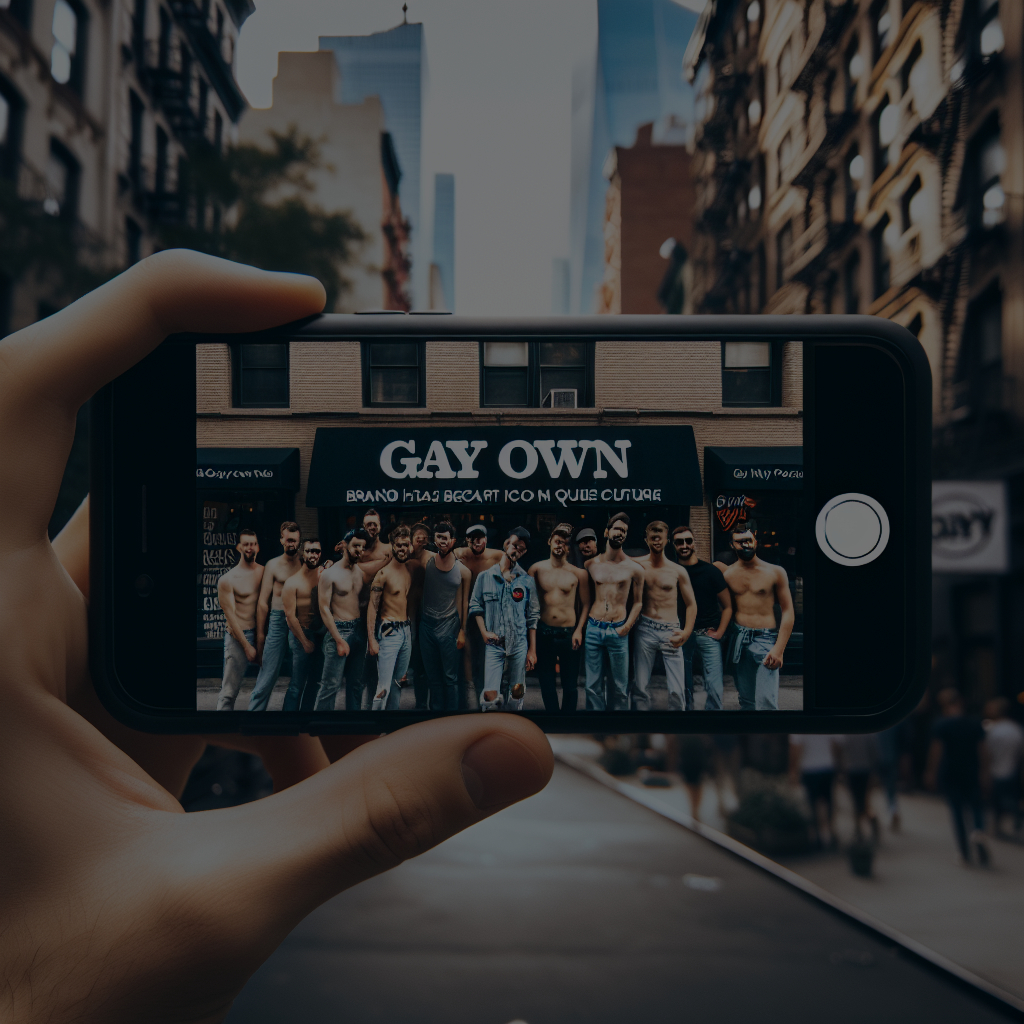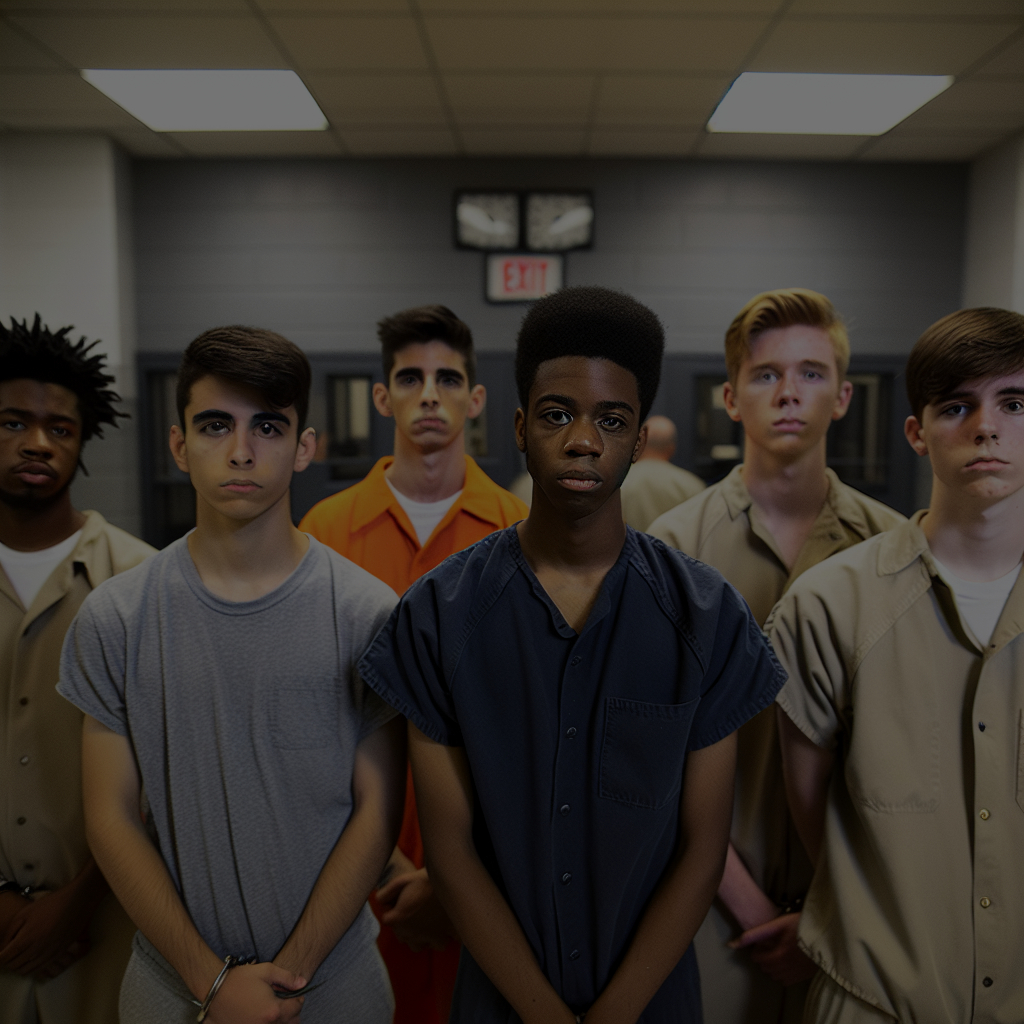Nasty Pig: A New York Queer Fashion Icon
Nasty Pig: Introduction
Nasty Pig is a clothing and accessories brand founded in New York City in the 1990s by visionary gay couple David Lauterstein and Fred Kearney. Over the years, it has become a global reference in queer fashion and LGBTQ+ culture, blending underground aesthetics, fetish influences, urban sportswear, and bold activism.
More than just apparel, Nasty Pig has come to symbolize identity and pride for many within the LGBTQ+ community, while also actively supporting charity work and promoting queer visibility in fashion.
Origins of Nasty Pig
How It All Began
Founded in 1994 in Manhattan, Nasty Pig emerged during a time when mainstream fashion largely ignored gay and queer culture. David and Fred envisioned a brand that embodied the energy, sexuality, and freedom of expression of New York’s LGBTQ+ community.
From the start, the brand stood apart with its unique aesthetic inspired by underground clubs, fetish fashion (leather, harnesses, glossy materials), and street culture.
The 1990s Context
Nasty Pig was born in a period shaped by:
- The HIV/AIDS epidemic and the urgent need for visibility among affected communities.
- The booming New York club scene.
- A growing desire within sexual minorities to express themselves through art and fashion.
In many ways, Nasty Pig emerged as a creative and political response to a lack of representation in the fashion world.
Brand Identity and Aesthetic
Fetish Meets Streetwear
What defines Nasty Pig’s style is its iconic fusion of:
- Urban sportswear: sweatshirts, joggers, caps, sneakers.
- Queer eroticism: tight-fitting cuts, sheer fabrics, leather, latex, harnesses.
- Bold graphics: loud logos, provocative slogans, and motifs inspired by underground culture.
This distinct identity helped establish the brand as a leading symbol in gay fashion.
Emblems and Visual Codes

Nasty Pig boldly plays with themes of masculinity, fetish, and provocation through:
- Frequent use of the “NP” logo.
- Dark tones (black, grey, red) along with neon and futuristic prints.
- Reworking sportswear and workwear codes into a proud queer universe.
An Unapologetically Queer Label
LGBTQ+ Representation
Nasty Pig never aimed to appeal to the heterosexual mainstream. Its core audience has always been the queer community, celebrating masculine bodies of all types—tattooed, muscular, diverse—with an aesthetic that’s risky, raw, and unfiltered.
Activism and Visibility
The brand frequently engages in LGBTQ+ events and causes such as:
- New York Pride.
- Fundraisers for HIV/AIDS prevention and care.
- Campaigns raising awareness on gender and sexual diversity.
Nasty Pig embraces its activist DNA, treating fashion as both a political statement and a tool for LGBTQ+ empowerment.
Growth and Reach
Flagship Store and Retail Channels
The first Nasty Pig store in New York quickly gained cult status within the city’s gay community. It was more than a shop – it served as a gathering space for artists, activists, and nightlife lovers.
Today, Nasty Pig’s collections are available via:
- Its flagship in Chelsea, Manhattan.
- A global e-commerce platform.
- Selected retailers focusing on queer and alternative fashion.
Worldwide Influence
Though not as visible as major sportswear brands, Nasty Pig has built international recognition within LGBTQ+ circles, especially in the U.S., Europe, and Australia.
Countless queer performers, DJs, and public figures have chosen Nasty Pig as their go-to performance gear or identity wear.
Collaborations and Cultural Impact
Connection to Drag and Club Culture
Closely tied to drag culture and the vibrant New York ballroom scene, Nasty Pig’s designs are featured in drag performances, music videos, and queer art shows.
High-profile RuPaul’s Drag Race queens and other queer icons have worn the brand at major public events and media showcases.
Influence on Pop Culture
The unique voice and aesthetics of Nasty Pig have inspired a new generation of queer streetwear brands and independent designers who seek to affirm bold sexual and cultural identities through fashion.
Social Impact and Advocacy
LGBTQ+ Community Support
Nasty Pig donates a portion of its profits to LGBTQ+ charities, focusing on HIV prevention and assistance for homeless queer youth.
Representation and Empowerment
Through the consistent portrayal of non-conforming bodies and real community members, Nasty Pig contributes to queer empowerment and broadens the visibility of marginalized identities in fashion.
Nasty Pig and Queer Marketing
Bold and Unapologetic Campaigns
Nasty Pig has built a reputation on provocative marketing strategies such as:
- Homoerotic visuals.
- Playful and daring wordplay.
- Sexual expression as something loud, proud, and empowering.
Rejecting Pinkwashing
Unlike brands accused of pinkwashing, Nasty Pig is seen as authentic—created by the community, for the community—and not simply leveraging rainbow flags for marketing during Pride Month.
Reception and Criticism
Is It Too Sexualized?
While some critics argue the brand promotes a hypersexual image that centers on masculine, muscular ideals, others praise it for reclaiming masculinity on queer terms, using sexuality as a tool of freedom and resistance.
A Niche Brand by Choice
Nasty Pig has never aimed for mass appeal. Its deliberate niche positioning allows the brand to stay true to its values—even if that means limiting crossover potential in mainstream markets.
Signature Products
Apparel
- Fitted joggers and sweatshirts.
- Graphic t-shirts with queer slogans.
- Sports shorts with fetish-inspired designs.








Leave a Reply